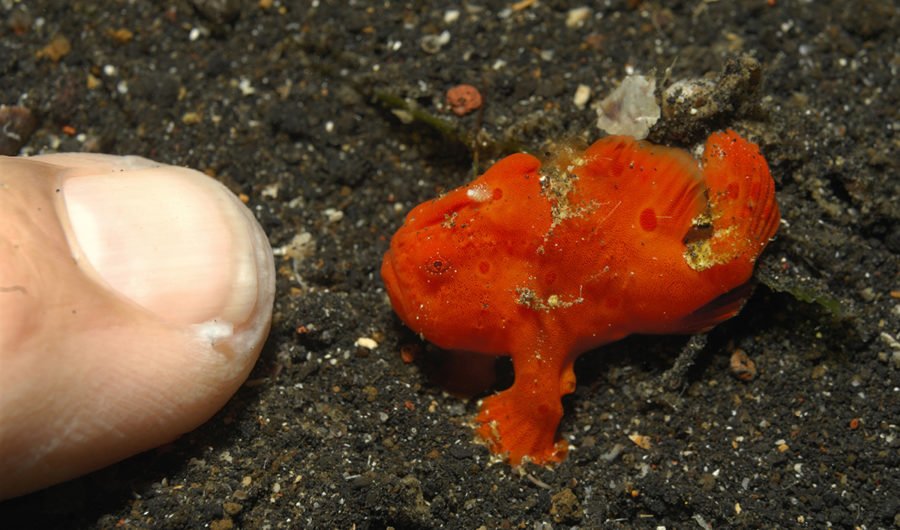
We need to talk about frogfish
There’s no denying that Nemo’s very cute, but have you seen a frogfish lately?

There’s no denying that Nemo’s very cute, but have you seen a frogfish lately?
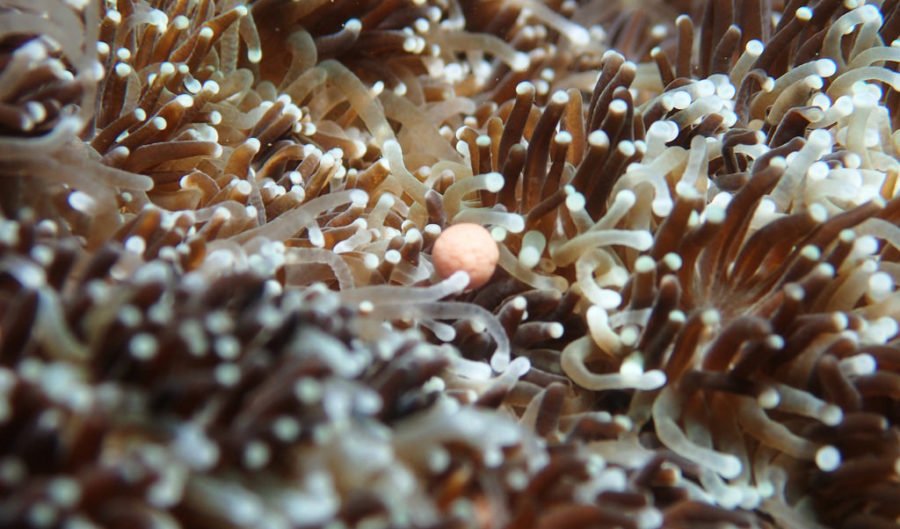
To catch the natural phenomenon of coral spawning, you need patience and just a little bit of luck.
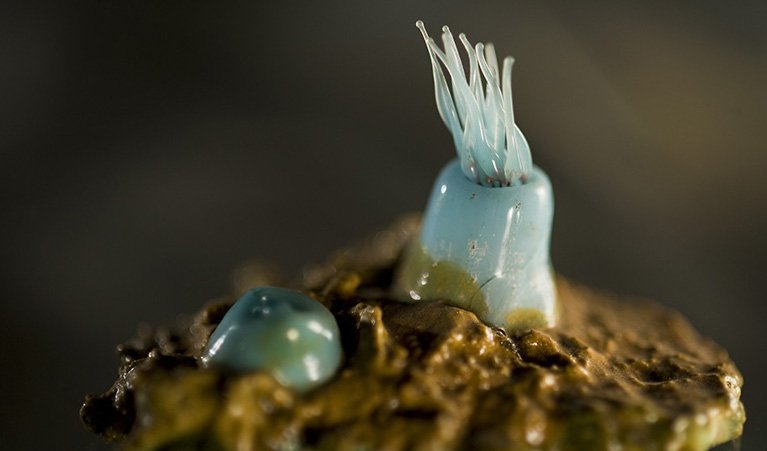
Blaschka models were created in the 1800s by Leopold and Rudolf Blaschka to replicate marine invertebrates, including the sea anemones pictured in this gallery. The idea of Blaschka models came about as a result of the difficulty in preserving real-life specimens, which could not be put on display or be used for educational purposes as traditional methods of preservation caused fading and distortion. Here, you can admire the handwork of the Blaschka family, who created a formidable business selling these delicate glass models to museums around the world. The Blaschka models are now on display in the 200 Treasures exhibition in the Australian Museum’s Westpac Long Gallery. You can read more about the history of these Blaschka models in the upcoming issue of Australian Geographic which hits stands on 2 November.
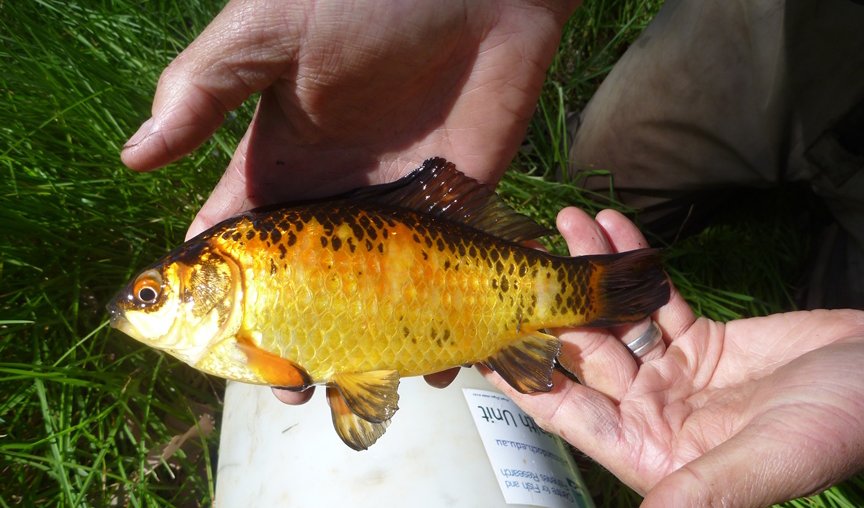
Goldfish have been found invading Australian estuaries and now scientists are cautioning those who may consider flushing their unwanted goldfish down the toilet.
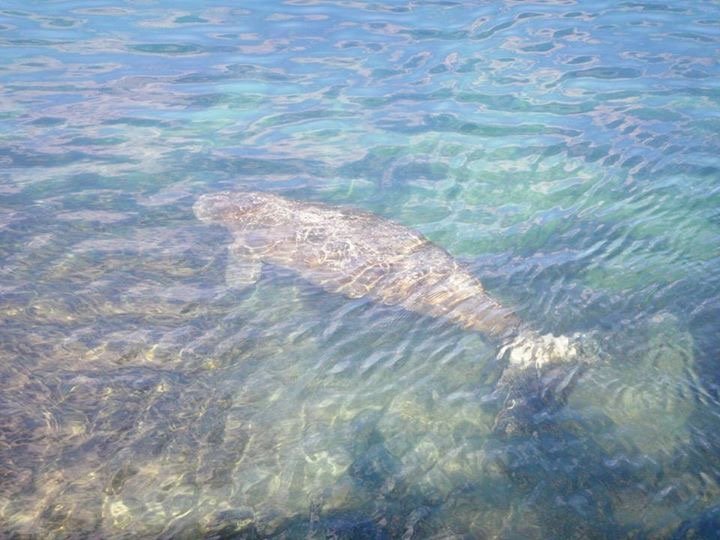
A young dugong recently found a long way from home in southern NSW is being relocated to Queensland after concerns over its health mounted.
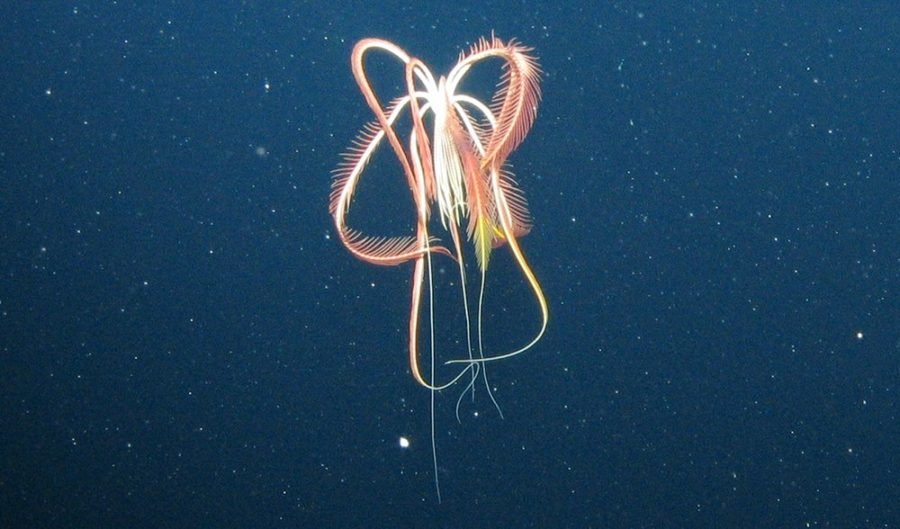
Researchers have discovered ancient “living fossils” and rare corals in previously uncharted depths in the Coral Sea.
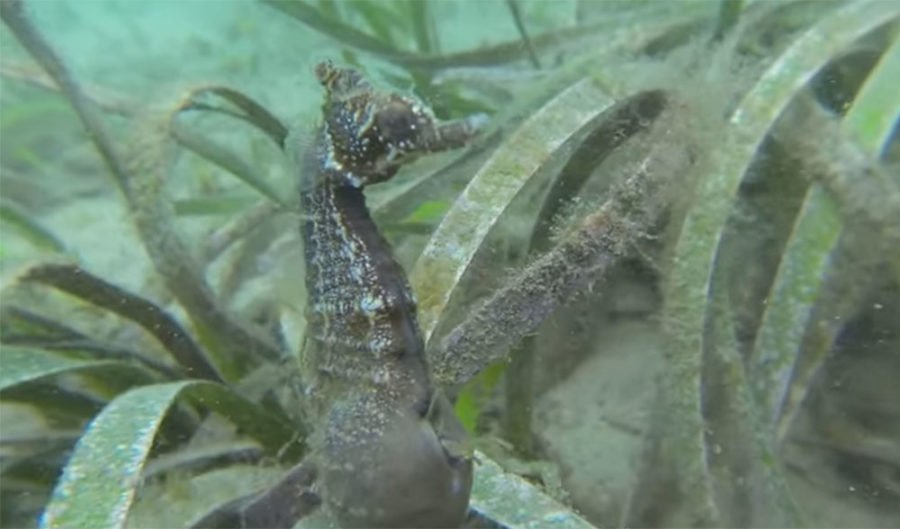
Researchers have captured the first-ever recording of a seahorse giving birth in the wild.

A dugong has made an unusual appearance in the cool waters of Merimbula, on the NSW Far South Coast.
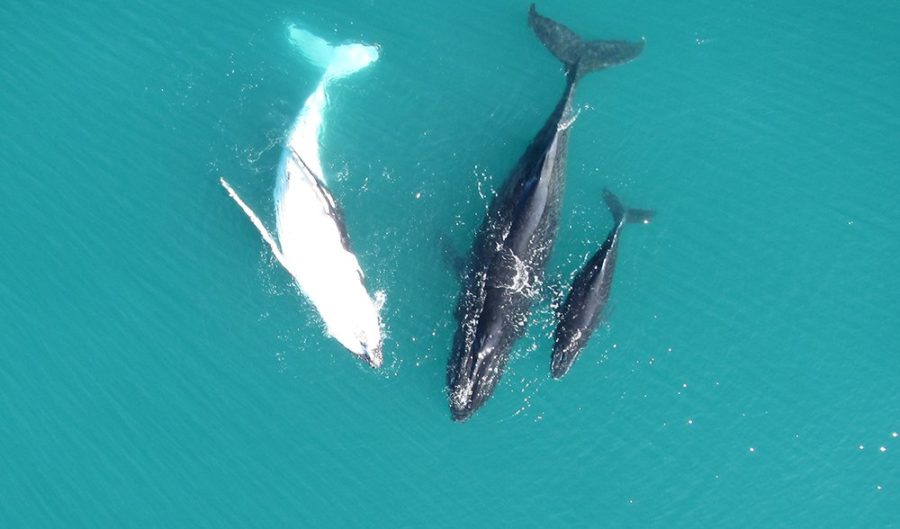
Researchers are using drones to monitor the condition of humpback whales in Western Australia.
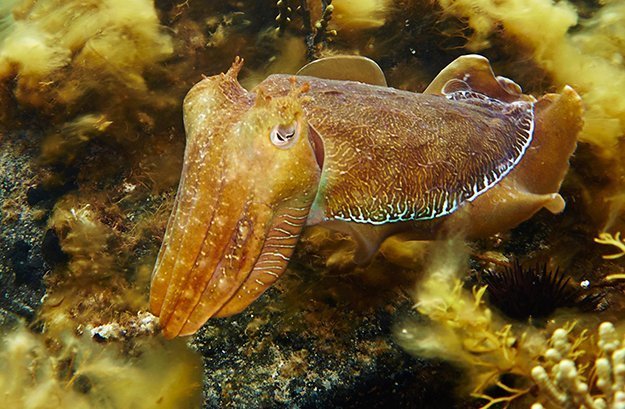
In the late 1990s, more than 180,000 giant cuttlefish gathered to breed in South Australian waters. Since then, their numbers have dwindled by 93 per cent and no-one is sure why